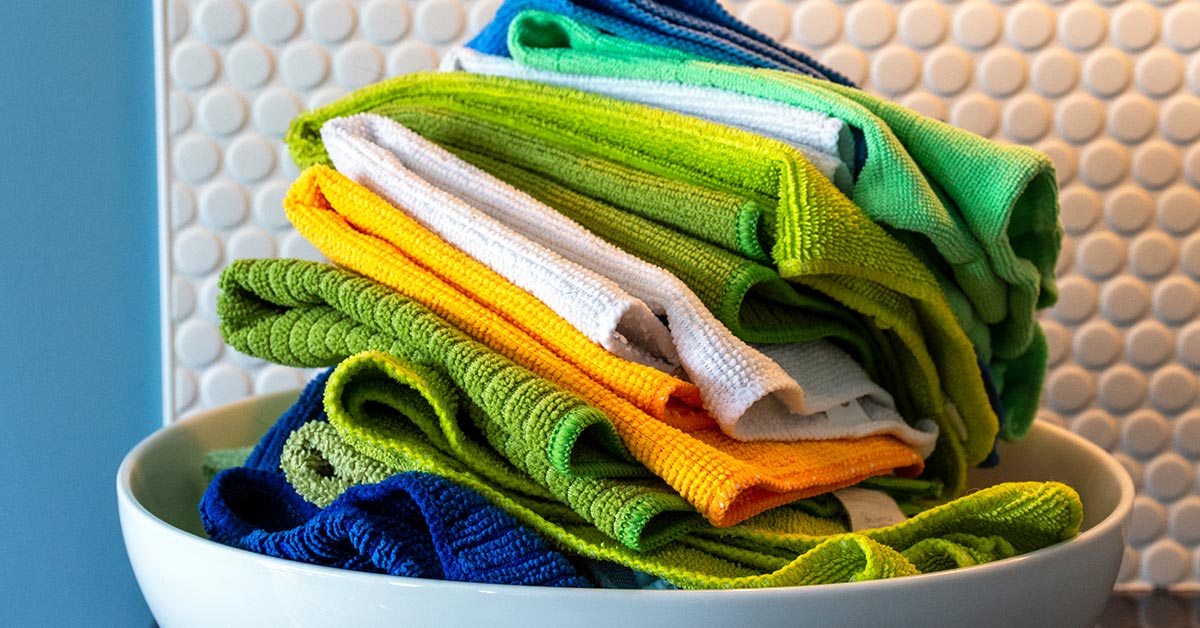Remember the run on toilet paper during the outbreak of Covid-19? This might have played out differently if everyone had turned to reusable toilet paper. They are essentially the same concept as cloth diapers or reusable menstrual pads. Many people use it as the cheaper and more eco-friendly alternative to regular toilet paper. However, this idea does not appeal to everyone, even if they washed the cloth very well between uses.
What exactly is reusable toilet paper?
They are simply strips or squares of cloth used instead of toilet paper. After they are used, they are washed and reused. You could buy ready-made reusable toilet paper or make your own out of old clothes, sheets, blankets, or towels.
Ever since Joseph Gayetty marketed toilet paper in New York in 1857, very little research went into possible alternatives. Therefore, there are few studies about the safety and cleaning of reusable toilet paper. The health concern isn’t about using reusable toilet paper; it’s about reusing it, as in, how to handle and clean it.
While there is a sanitary way to use reusable toilet paper, not everyone agrees with the practice. For instance, there’s Kelly Reynolds, a director and public health researcher at the University of Arizona who studies contaminants in homes. According to Reynolds, who told USA Today, it’s easy to assume that most people aren’t doing it right. “This is just a risky practice, overall, I think, and the potential for cross-contamination is just very high from your bathroom, where they’re stored, to your laundry room.”
For example, everything the soiled cloths touch become contaminated, including their hampers, containers, and washing machine. Plus, feces and urine contain pathogens that could cause illnesses. “When you wash these clothes, you transfer these germs to the entire load of laundry, even subsequent loads if you’re not using a protocol,” she said. And by protocol, she means bleach and water much hotter than typical laundry loads.
Related: ‘I make toilet paper out of old clothing for our family-of-five’
How to clean the cloths
Many people who use reusable toilet paper place used clothes into containers with vinegar, peroxide, or other antibacterial chemicals. When it’s time to wash them, use gloves to safely place them into the washing machine without them touching your skin. Even so, wash your hands afterward. Furthermore, the most problematic bacteria found on toilet paper is E. coli. It comes from the digestive tract and sometimes from urine, and if consumed, it could cause severe abdominal cramps, diarrhea, and vomiting. To kill this bacteria, you need high heat and bleach. Otherwise, whatever these cloths touch could contaminate it, including whatever laundry you put next into your machine. Use the sanitize setting on your washing machine if you have it.
This bacteria is largely why many people are skeptical of reusable toilet paper. If you are concerned about the environment, consider that regular toilet paper is often biodegradable. Plus, consider the energy costs of regularly using hot water in the washing machine, in addition to the bleach required.
“[Toilet paper is] the one thing I wouldn’t worry about in terms of biodegradable materials,” Reynolds said. “There’s so much moisture and bacteria in septic tanks that all this stuff gets chewed up and utilized by bacteria as a food source.“
Additionally, according to Healthline, the Centers for Disease Control and Prevention (CDC) adds that the container or bag with the used fabrics should be kept sealed and avoid shaking it to prevent air contamination. Plus, the laundry cycle should be at least 25 minutes with the water at least 160°F (71°C). Also, keep the clean and dry clothes in a sealed container to protect them from dust and other air contaminants.
Read: I’m Positive You Will Not Know What This Is. Go Ahead And Prove Me Wrong (If You Can)
An eco-friendly bathroom
As far as other toilet paper alternatives go, a potentially more eco-friendly option is a bidet. A bidet could be another piece of furniture in the bathroom or act as a toilet attachment (which is usually much cheaper and easier to install.) Essentially, it’s a spout that rinses the area after using the bathroom. No paper required; however, one may need to keep some towels to dry off after using it.
And as far as keeping an eco-friendly bathroom goes, there are many more options than reusable toilet paper. Here are some examples:
- Reduce shower time, even by five minutes
- Stop using single-use bottles; use reusable containers instead
- Line dry your laundry
- Switch from plastic to bamboo toothbrushes
- Buy responsibly sourced toilet paper
- Use menstrual cups instead of tampons and pads
- Put a compost transport container in the bathroom for items like hair, tissues, paper towel rolls, Q-Tips, etc.
- Opt for bar soap and shampoo bars (to avoid the plastic containers that hold liquid soap and liquid shampoo)
Ultimately its up to you if you want to try out reusable toilet paper. It can be found online from various retailers. Just remember that proper handling and sanitation is very important!
Keep Reading: What Happens When You Don’t Wash Your Sheets
Sources
- “The Internet discovered reusable toilet paper. What you should know about it, according to a germ expert.” USA Today. Josh Hafner. March 15, 2018.
- “All About Reusable Toilet Paper: What You Should Know.” Healthline. Rachel Nall, MSN, CRNA. September 23, 2020
- “What are the best alternatives to toilet paper?” Medical News Today. Zawn Villines. April 15, 2020
- “Ideas to make your bathroom more environmentally friendly.” NBC News. Nicole Spector. October 2, 2019

